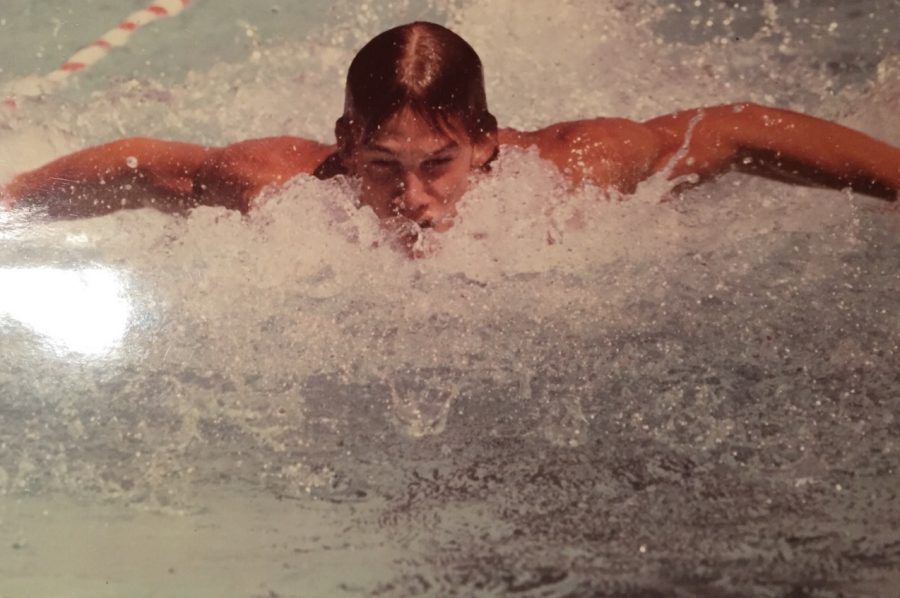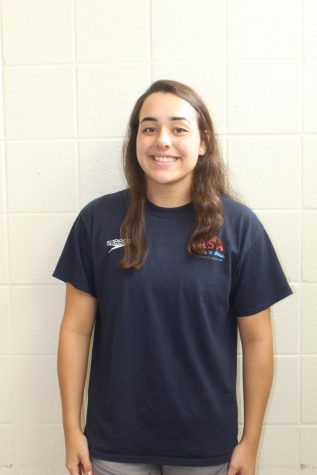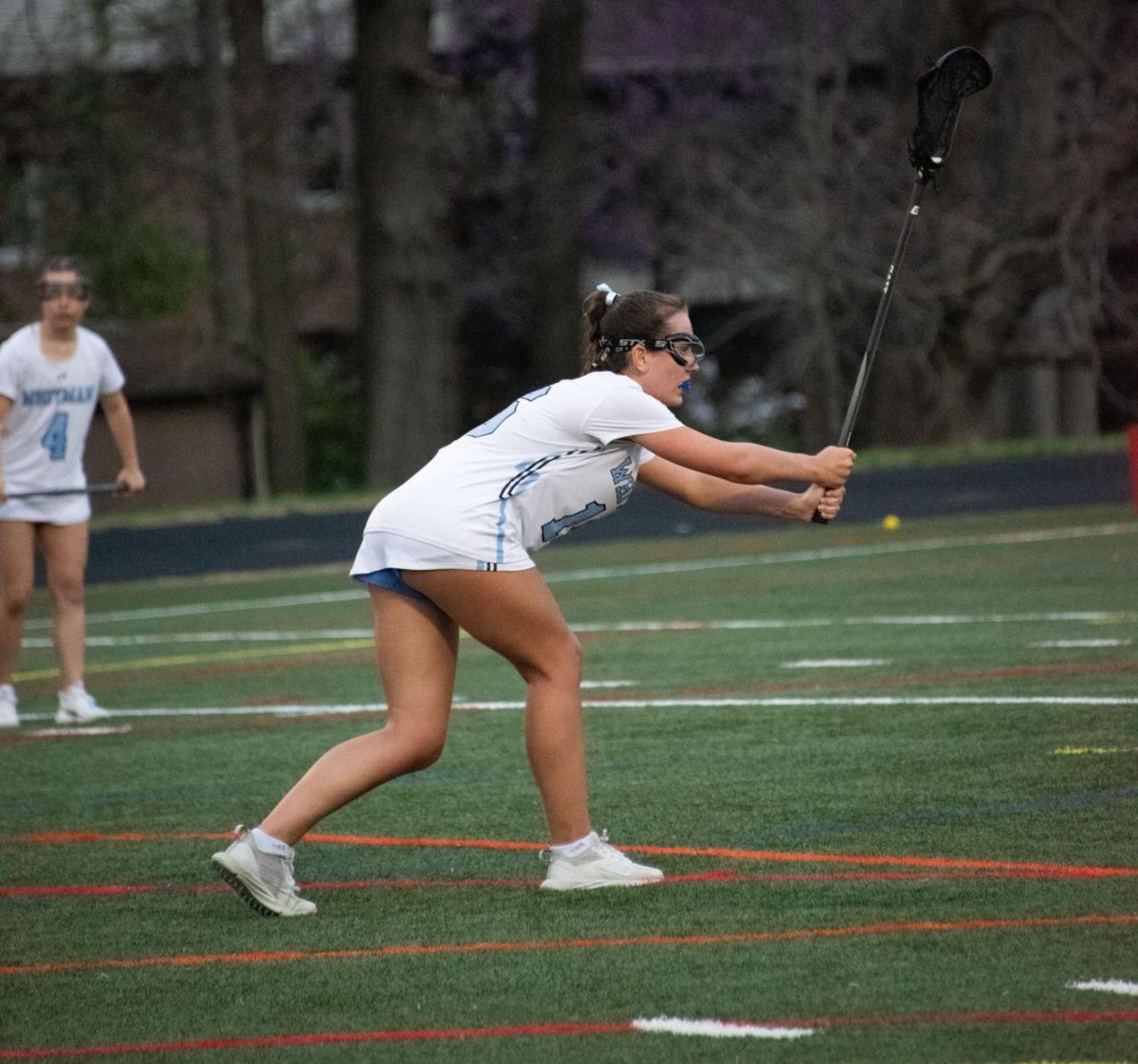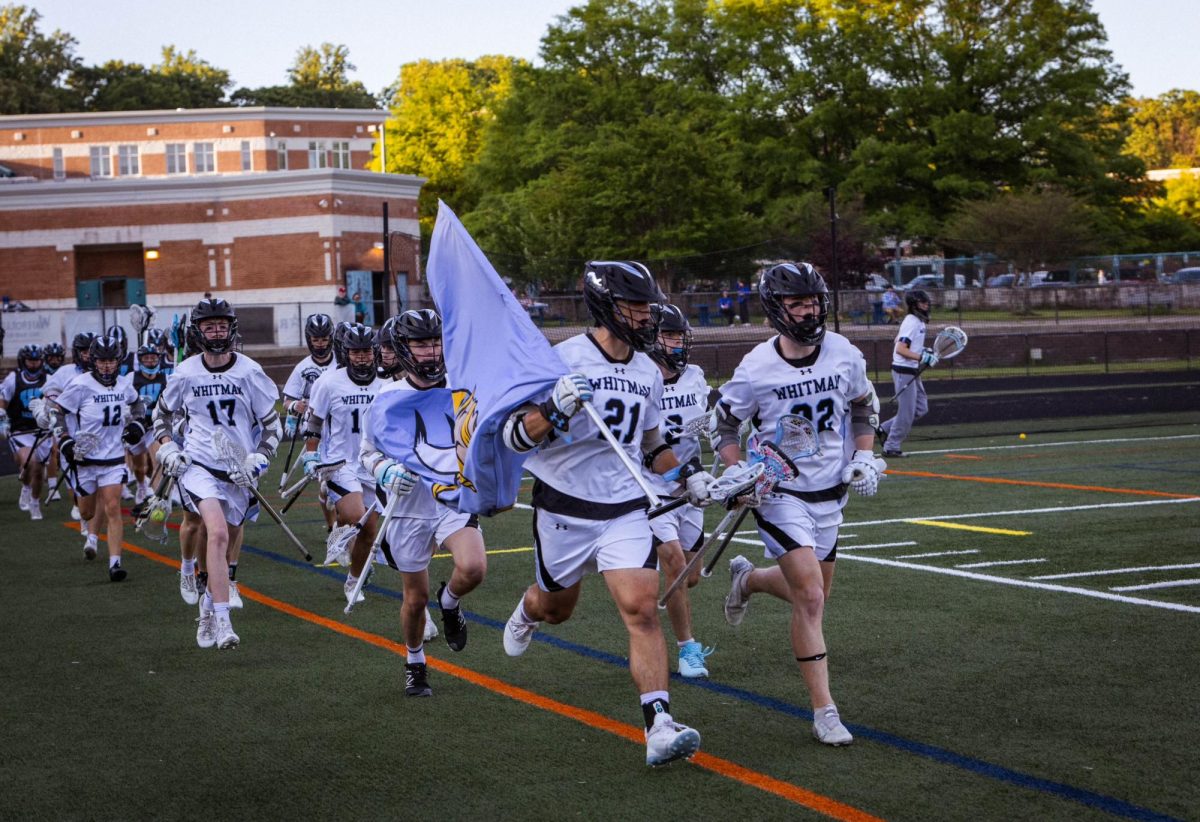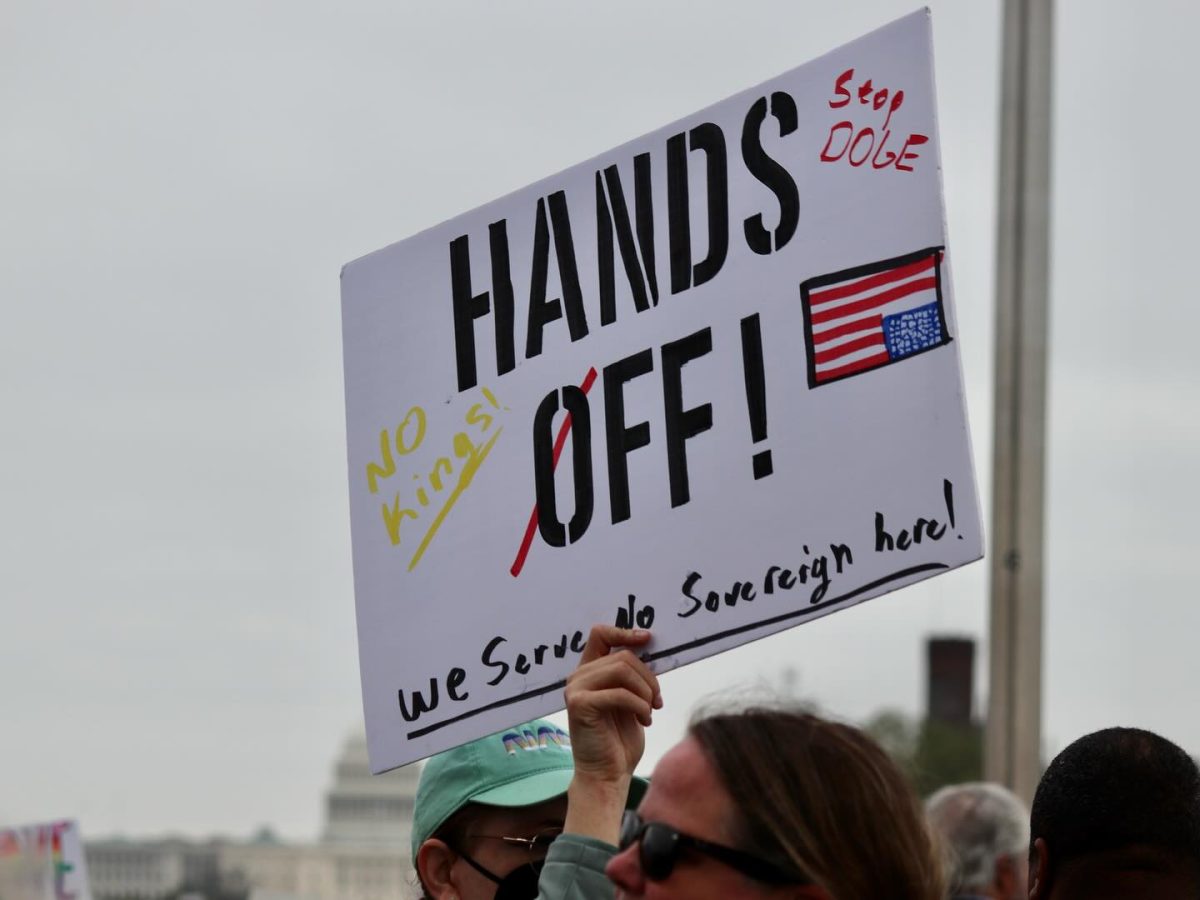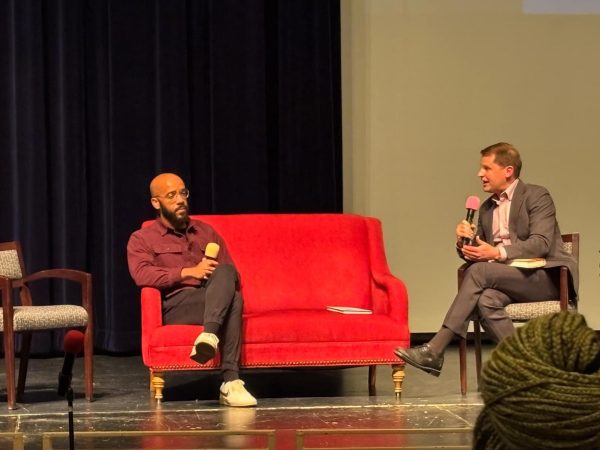Q&A: Former MoCo swimmer and record holder Clay Britt
September 24, 2018
Former U.S. national swimmer Clay Britt grew up in Montgomery County and currently lives in Bethesda. Britt swam for the University of Texas at Austin and held the American record in the 100-yard backstroke. He qualified for the 1980 Olympic Swimming Trials and was excited for the chance to make the games but lost opportunity to compete for a medal after the U.S. boycotted the Olympics due to the Soviet invasion in Afghanistan.
Responses have been edited for length and clarity.
The Black & White: How did your career as a swimmer begin? Where did you train?
Clay Britt: I started my swimming career in the Montgomery County Swim League and swam for the Montgomery Square swim team. I swam for Rockville Montgomery Swim Club, and then I went to the University of Texas in 1979 and swam there for four years. I was the NCAA 100-yard backstroke champion for three years in a row and was the American record holder in that event.
B&W: Who were some of your swimming influences or idols?
CB: My major swimming influence was the 1976 backstroke Olympic champion John Naber. I saw him break the world record and get a gold medal, and I made that my goal. The coolest part was that Naber actually held the American record when I broke it.
B&W: What happened to the 1980 Olympic swimming trials after the U.S.’ decision to boycott the games? How did this affect you?
CB: The U.S.’ decision to boycott was made in March of 1980, and the trials were going to be held at the University of Texas that June. Instead, the decision was made to select the “honorary” Olympic team at U.S. Summer Nationals in August.
For me, after the decision was made to boycott, my motivation was pretty much gone because the Olympics is what you’re training for. So I went to Summer Nationals and swam as well as I could have, but I ended up one spot away from the “Olympic” team. I placed fourth and they took the top three swimmers at the time. That was tough.
B&W: How did your swimming career continue after 1980?
CB: I continued to swim in college, and I had a good college career. By 1983 I was kind of burned out, but I held on for trials in 1984. Frankly, I swam quite poorly. I was done with swimming, so I then got a job and started working, but in the back of mind something was missing. I came back and trained for the 1988 Olympic trials. I went and swam and did pretty well, but by then everyone else had gotten so much faster. I was old (27), but I was really happy I swam.
B&W: What did you learn from your experience in 1980 as well as from the sport of swimming in general?
CB: 1980 was extremely disappointing. Not having the opportunity I thought I would in June was not only devastating for me but also for people I knew. But I came back to college swimming and had a great year; it was the year I got the American record in the 100 backstroke. It taught me to move on and keep going; I didn’t quit, I just kept trying because I still had a lot of goals. Swimming has taught me how to set goals, work towards them and work through hardship in life. You need to keep focusing on your goals and not let hardship set you back.



